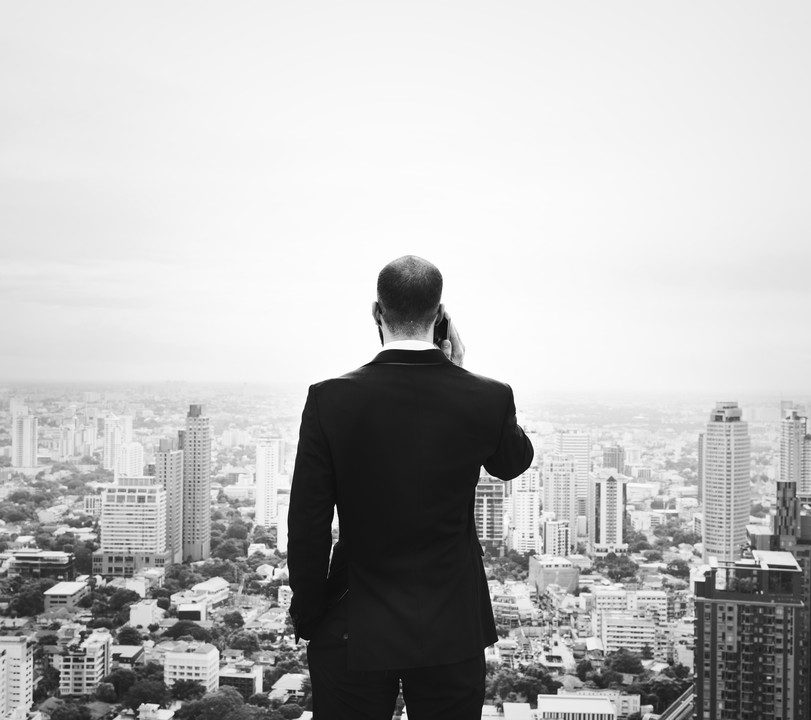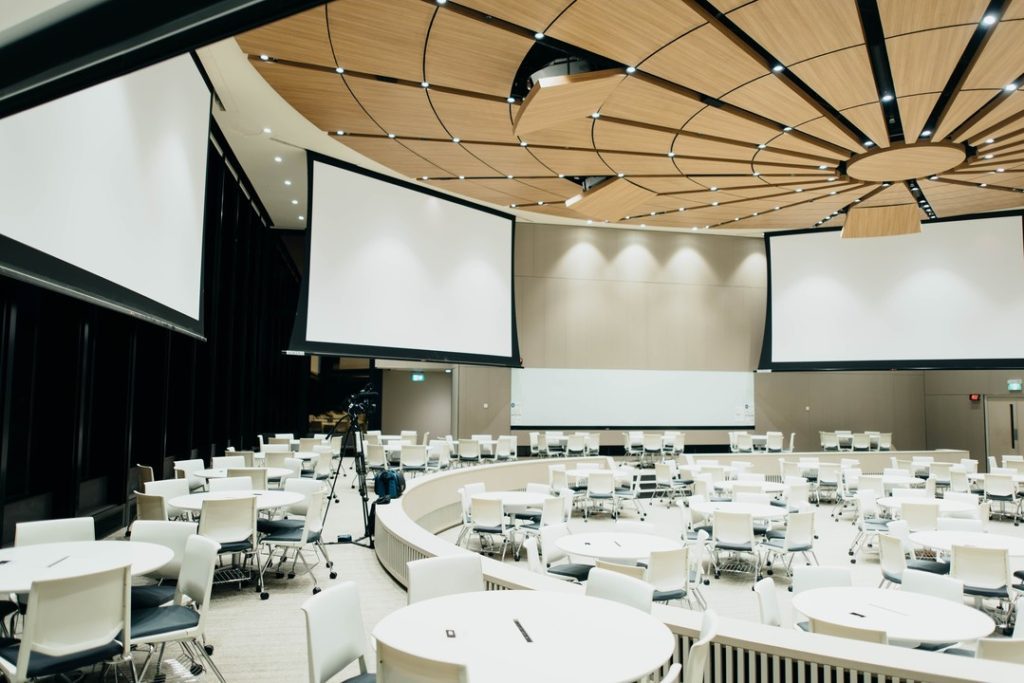Good lighting is expected in the workspace, but lighting a high-profile executive boardroom used for video conferencing calls can sometimes be challenging. Of course, nothing terrible will happen without this type of lighting — but if you want to improve your look for both partners and customers, optimal lighting can help. It also helps your camera technology to see you and your team better by illuminating your facial expressions, body language, and eye-to-eye.
While many workspace lighting systems are designed explicitly for in-person collaboration, there are ways to incorporate fixtures that optimize videoconferences without affecting the physical space’s aesthetics. In studio-style conference rooms and offices constructed more recently, these common problems are often accounted for. However, hybrid workers or those in older boardrooms can face challenges when making video calls from a space with less-than-optimal lighting.
There are simple, low-cost solutions that work for at-home lighting too. Have you ever logged on to a video call from home and been unsatisfied with your appearance? Unfortunately, harsh overhead light may cause unwanted shadows, wash out your face, or marr your video call with a glare. From simple switches to professional-grade equipment, there are a few things to consider when illuminating your work setup. Learn how to create a professional work setup through lighting no matter your location in this blog.
Recreate Natural Lighting at Work
Some manufacturers can improve lighting with color correcting, low heat, and energy-efficient fixtures for various videoconferencing applications. The best part? These fixtures can be directional from the ceiling, meaning they won’t become an eyesore or a distraction.
Look for Indirect and Natural Light at Home
For the most part, the same tips that work for the office could also be your work-from-home solutions. For example, you may think that one direct and bright light source is the most effective way to illuminate a space, but you’d be mistaken. Webcams and in-device cameras usually identify and adjust to the brightest light source, meaning that your single overhead light will become the focus of your call. Opting for multiple indirect light sources ensures that your lighting is evenly diffused. In addition, this light will allow the camera to focus on the speaker instead of the light source. Another strike against direct sunlight is its tendency to create unwanted shadows.
Lighting is usually well-covered in the office, but this may not be the case at home. If multiple light sources seem impractical, the best solution is to utilize natural light. Place your desk near a window, and sit so that the light falls on your face from the front or diagonally. Whatever you do, don’t sit with the window behind you! If needed, solar shades, blinds, or even a decorative screen will filter sunlight throughout the day and shield you from excessive heat and glare.
Avoid Ring Lights
One notable exception to our “avoid direct lighting” rule is a portable lighting source — but not a ring light. These popular gadgets can actually cause a reflection in your pupils; if others see a ring in your eyes or eyeglasses, that’s a distraction. Instead, choose a diffused, portable, dimmable lighting system with color variations. This is a good option for those who have days filled with video calls and want a professional-grade setup for their at-home office space. Made of miniature soft LEDs inside a plastic cover that helps distribute light evenly, they are favorable to professional and amateur videographers alike because they eliminate shadows on the face. They range in price to fit various needs and budgets and can be used to supplement your existing home office lights or even as a primary lighting source, depending on their size.
Check Your LEDs
Energy efficiency is one of many reasons to check the type of LEDs in your light sources. The brightness and output tone of an LED affects its optimal usage: the lower the color temperature on the Kelvin scale, the warmer its tone will appear. That means that while it’s best to read with lights that fall relatively low on the scale, cooler-toned lights (which fall higher on the Kelvin scale) are best suited for video calls. Look for LEDs with color temperature variations, and remember that direct sunlight measures approximately 5,600K.
Appropriate lighting in your work setup can allow you to be video call-ready and looking your best at a moment’s notice. Curious about other ways you can improve your video conferencing workspaces? Check out our guide to the best tech – in the office and at home.



